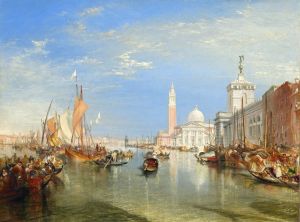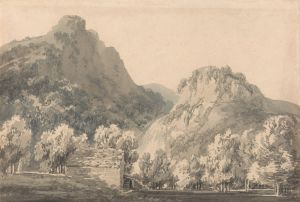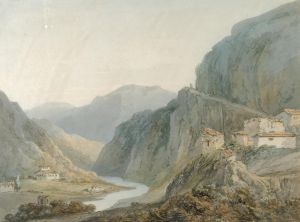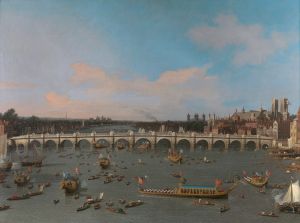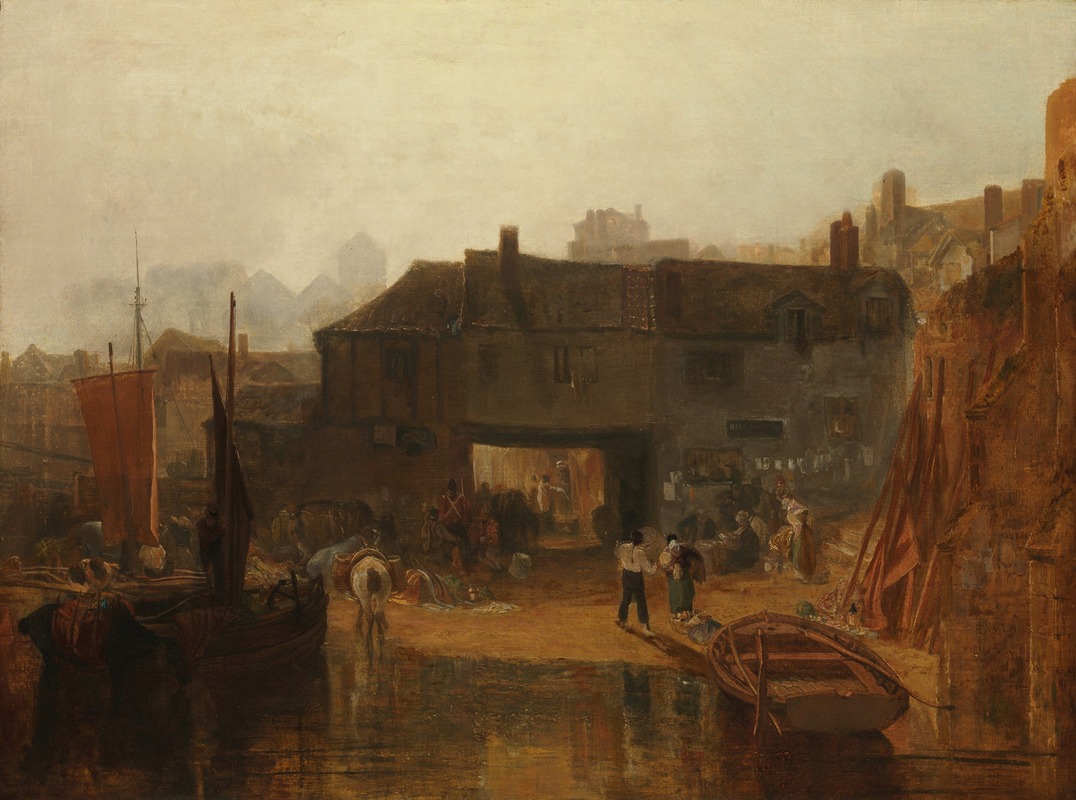
Saltash with the Water Ferry, Cornwall
A hand-painted replica of Joseph Mallord William Turner’s masterpiece Saltash with the Water Ferry, Cornwall, meticulously crafted by professional artists to capture the true essence of the original. Each piece is created with museum-quality canvas and rare mineral pigments, carefully painted by experienced artists with delicate brushstrokes and rich, layered colors to perfectly recreate the texture of the original artwork. Unlike machine-printed reproductions, this hand-painted version brings the painting to life, infused with the artist’s emotions and skill in every stroke. Whether for personal collection or home decoration, it instantly elevates the artistic atmosphere of any space.
Saltash with the Water Ferry, Cornwall is a painting by the renowned British artist Joseph Mallord William Turner (1775–1851). Turner, often celebrated as one of the greatest landscape painters in Western art, created this work in 1811. The painting is an oil on canvas and is part of Turner’s exploration of the British landscape, particularly focusing on the interplay of light, water, and atmosphere.
The artwork depicts the town of Saltash, located in Cornwall, England, as seen from the River Tamar. Saltash was historically significant as a crossing point on the river, with a ferry service connecting Cornwall to Devon. In the painting, Turner captures the bustling activity of the water ferry, which was a vital mode of transportation before the construction of the Royal Albert Bridge in 1859. The scene includes boats, figures, and the surrounding landscape, all rendered with Turner’s characteristic attention to light and movement.
Turner’s use of light in this painting is particularly notable. The composition features a dramatic sky, with sunlight breaking through clouds and reflecting on the water’s surface. This technique highlights Turner’s mastery of atmospheric effects, a hallmark of his work. The painting also demonstrates his ability to convey the dynamic relationship between human activity and the natural environment.
The painting was created during a period when Turner was traveling extensively across Britain, sketching and painting landscapes that captured the country’s natural beauty and industrial progress. His journeys often included visits to coastal and riverine locations, where he studied the effects of light and weather on water. Saltash, with its picturesque setting and historical significance, was an ideal subject for Turner’s artistic interests.
Today, Saltash with the Water Ferry, Cornwall is housed in the Metropolitan Museum of Art in New York City. It is part of the museum’s collection of European paintings and is considered an important example of Turner’s early 19th-century work. The painting reflects Turner’s transition from traditional landscape painting to the more atmospheric and emotive style that would define his later career.
Turner’s works, including this painting, have had a lasting impact on the art world, influencing subsequent generations of artists and contributing to the development of Impressionism. Saltash with the Water Ferry, Cornwall remains a celebrated piece, admired for its technical brilliance and evocative portrayal of a specific moment in British history.







